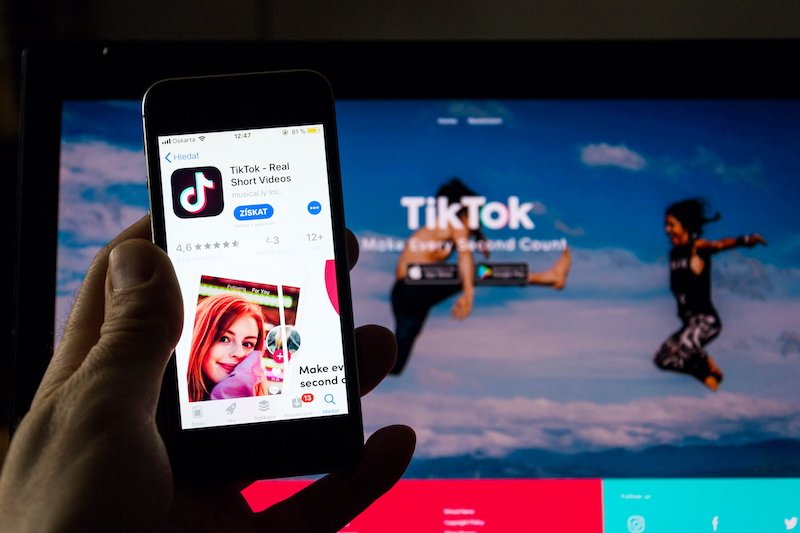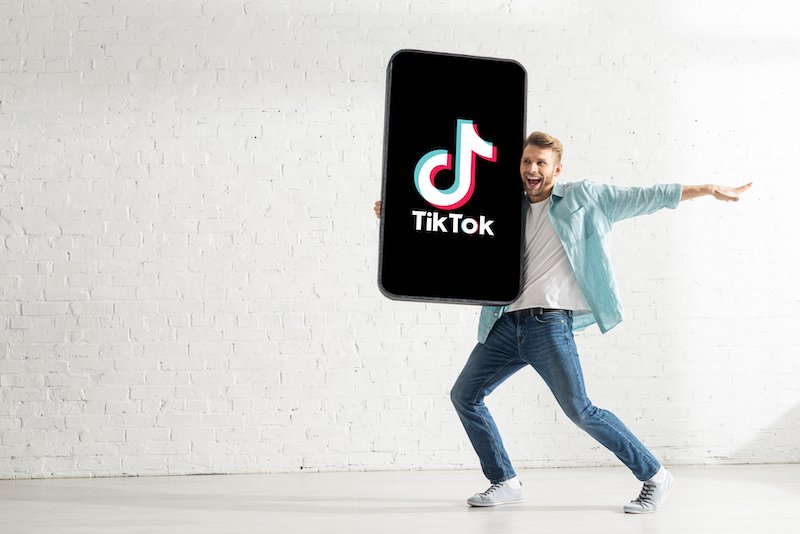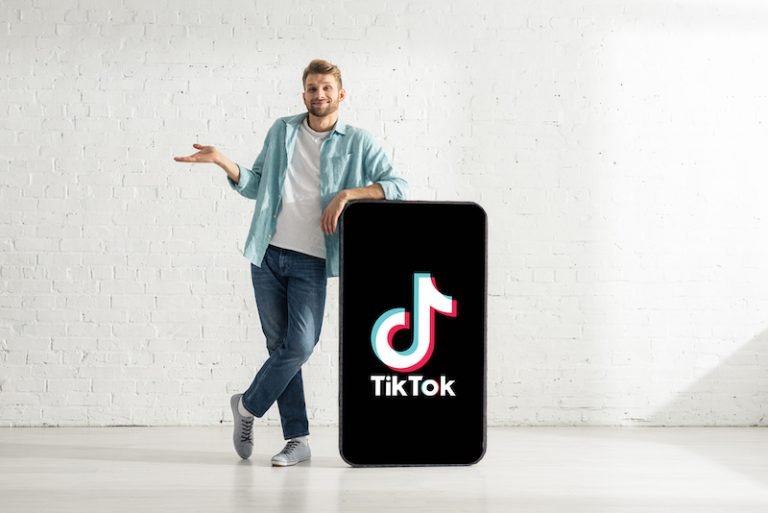The music industry is experiencing a state of unease as streaming platforms like Spotify and the influence of TikTok have shaped its landscape. While Spotify’s CEO, Daniel Ek, highlights the positive aspect of the streaming revolution by stating that more artists are gaining relevance, he also acknowledges concerns about the rise of one-hit wonders. TikTok’s impact on the industry is significant, as trends on the app can propel songs up the charts and affect signing decisions and marketing campaigns. This trend has led to an emphasis on songs rather than artist development, resulting in a saturation of one-hit wonders.
TikTok

During Spotify’s Stream On event, representatives from both Spotify and TikTok expressed their views on artist discovery and success, revealing distinct approaches adopted by the two platforms. While Spotify highlights its discovery features like Release Radar to ensure sustained artist exposure, TikTok’s global head of music passionately defends the app’s dedication to supporting artists and facilitating their long-term achievements. This dichotomy in strategies mirrors the scenario in the online gaming world, where various sites employ different approaches and features to attract and retain players. Just as Spotify and TikTok cater to different facets of the music industry, online poker sites address diverse player preferences and styles, offering an array of gameplay options, bonuses, and promotions to create an engaging and rewarding casino experience. If you’re searching for legal poker sites in the US, you can find them here.
According to Billboard’s analysis, the presence of one-hit wonders on the Billboard charts remained fairly consistent from 2002 to 2019. On average, around 54% of artists who reached the top 40 never returned with a second entry. While the percentage varied between 39% and 61% during this period, there was no significant upward trend observed over time.
Is TikTok Driving More One-Hit Wonders?

In 2020, the percentage of artists who made it into the top 40 but didn’t have a second entry was 70%, higher than in previous years. However, this number may decrease as these artists haven’t had sufficient time to score a second hit. By redefining a one-hit wonder as an artist who cracks the top 40 and doesn’t return within the next two years, the percentage of one-hit wonders increases by an average of over 7% each year. This suggests that the one-hit wonder count for 2020 will likely align more closely with previous years. On the other hand, around 10% of acts who reached the top 40 once between 2002 and 2020 went on to become career artists, consistently appearing in the top 40 at least 10 times. The frequency of career artists has remained relatively stable over the years.
New Artists

An observable trend in the top 40 chart data is a gradual decline in the number of new artists reaching the upper positions. Approximately one less new artist appears every two years, which is also reflected in a decrease in new artists achieving top 10 hits, although to a lesser extent. This suggests that while it has become somewhat more challenging to secure a top 40 hit compared to two decades ago, artists who do achieve a breakout hit have similar chances of building a successful catalog of popular tracks. This indicates a mix of concern and reassurance, as the dynamics of the industry evolve while certain patterns remain consistent. TikTok marketers are inclined to hire micro-influencers to promote new releases, which goes on to show the massive influence of the app on the industry.



